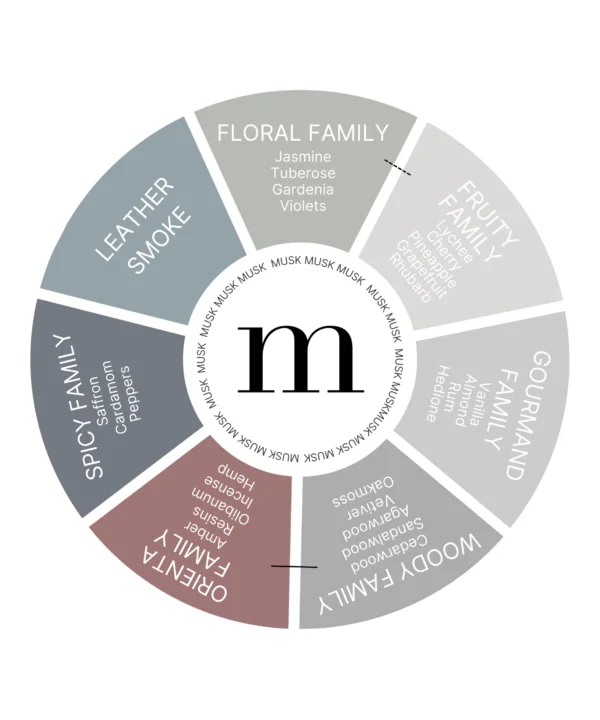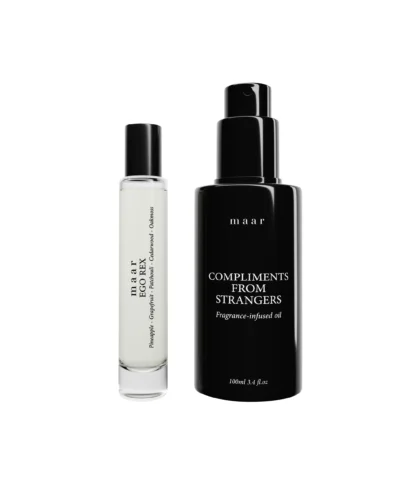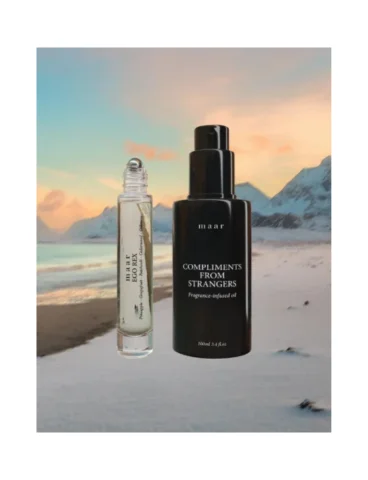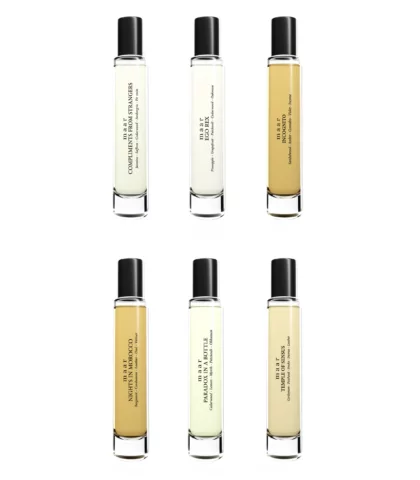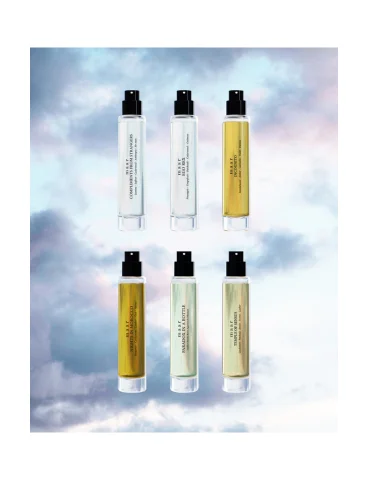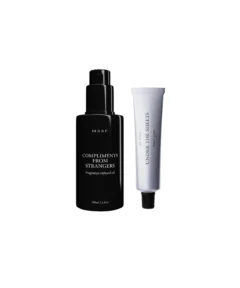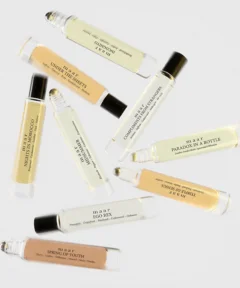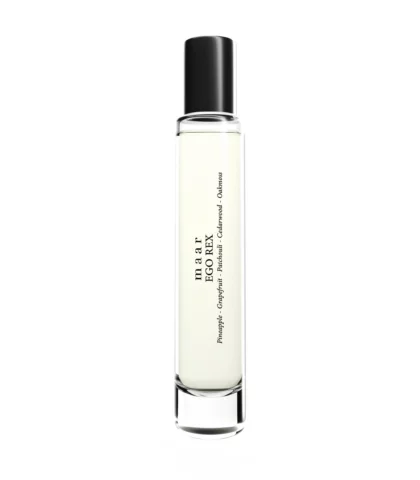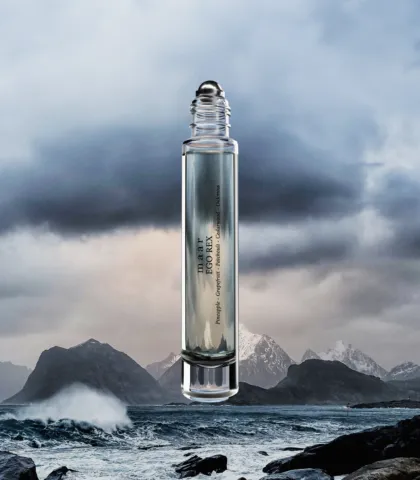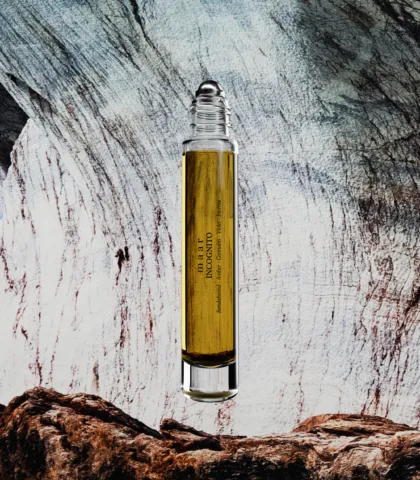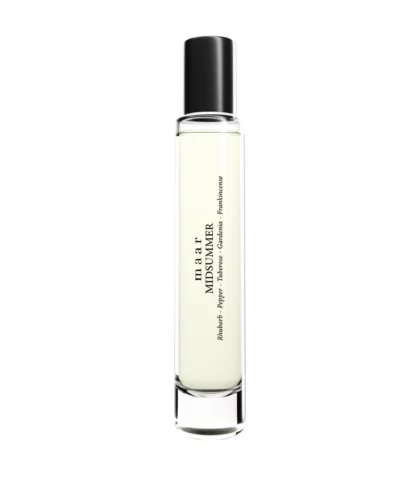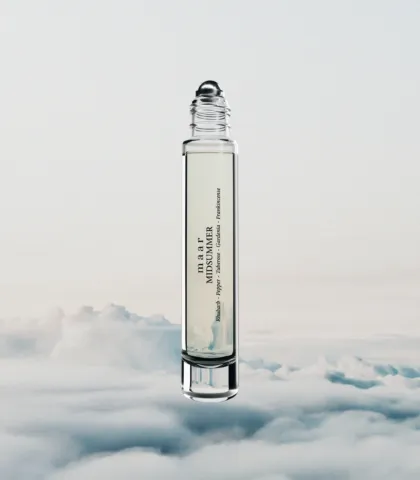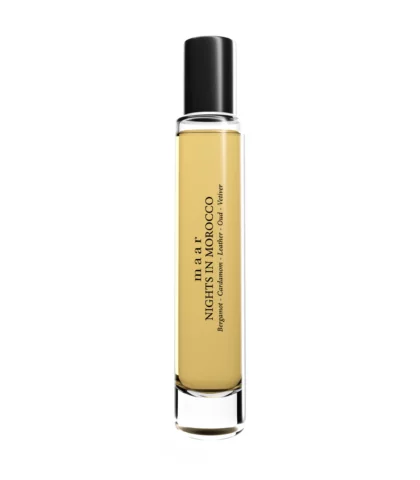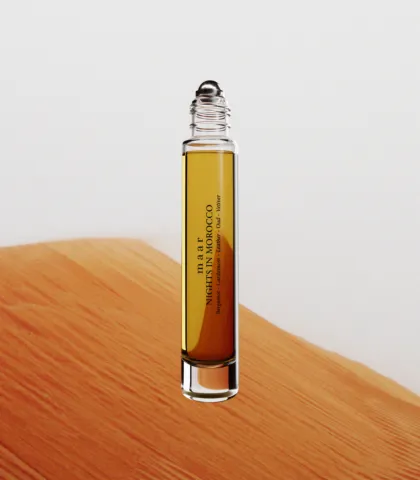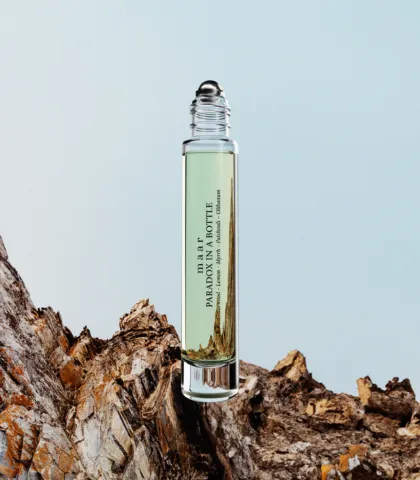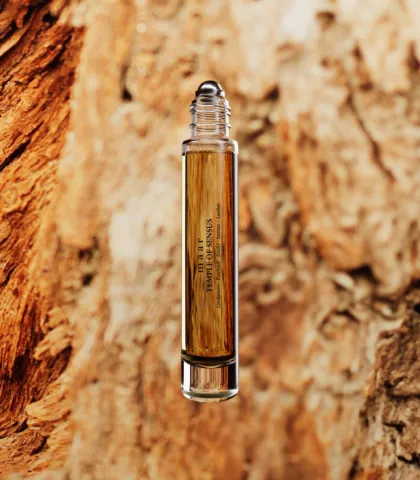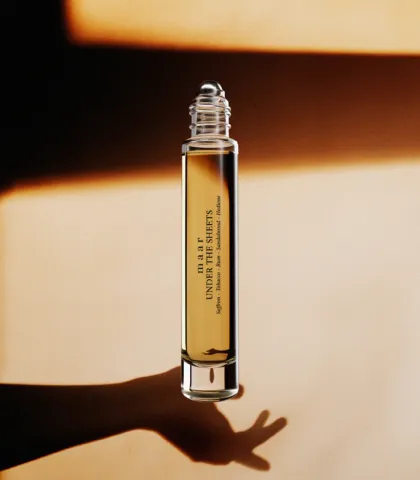How to Layer Perfumes?
To ensure that perfume layering delivers pleasurable results, it’s worth following a few guidelines. First, pay attention to the cosmetic products you use: if your body wash, lotion, or cream is scented, it becomes the first layer of fragrance. Therefore, to experiment more with perfumes, it’s better to opt for unscented or lightly scented products. For high-quality layering of body care products with perfumes, we’ve created the fragrance-infused body care line, consisting of hydrating body oils and an intensively nourishing hand cream.
Use two, at most three, different fragrances when layering. For those just beginning their journey to create a unique scent, we recommend combining perfumes with overlapping notes as this approach practically guarantees success. Look for common notes between perfumes and wear them together.
If you’re feeling more adventurous, explore combinations of perfumes with completely different notes. In this case, focus primarily on the base notes, as they emerge the latest and last the longest. Look for complementary notes within the same fragrance family or in adjacent families. For example, floral family notes pair well with each other, while gourmand notes blend beautifully with woody scents. Such combinations enhance and strengthen the overall character of a fragrance. Contrasting layering results can be achieved by combining notes from opposite sides of the fragrance wheel: floral notes with woody ones, or gourmand notes with spicy or floral aromas.
When layering perfumes, start with a more intense, heavier fragrance, and give it a few minutes to unfold. In the maar collection, this could be PARADOX IN A BOTTLE, TEMPLE OF SENSUS, NIGHTS IN MOROCCO, or SPRING OF YOUTH. However, even a relatively light scent like INCOGNITO can serve as a heavier base when layered with UNDER THE SHEETS, so it’s important to consider the specific fragrances you choose. Once the base notes of the first perfume begin to unfold, introduce the next fragrance. For application tips and layering techniques, see the final section of this guide.
